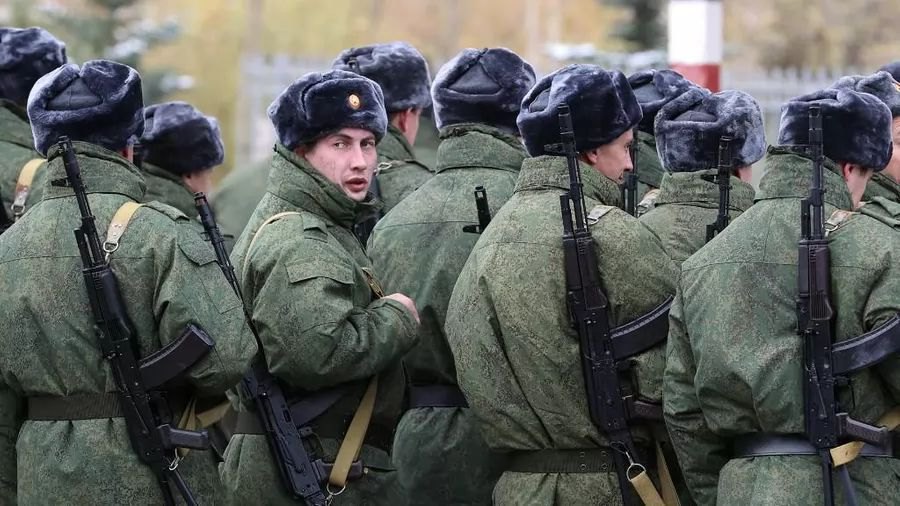
What does this mean?
The Russian army has fewer tanks and armoured personnel carriers on the battlefield. Let us emphasise that it is on the battlefield. There are two reasons for this: a) the Russians have fewer tanks and armoured personnel carriers in general; b) the enemy is holding on to tanks and armoured personnel carriers, accumulating them for further action.
The Russian army does not have fewer guns and mortars. There are also several answers here:a) he pulls out the remaining artillery and buys it abroad (the DPRK, for example, sold 120 M1989 Koksan self-propelled artillery systems, which the enemy used to equip a newly formed artillery brigade. South Korean intelligence says that 200 self-propelled artillery systems were transferred);б) The defence forces have improved their ability to fight enemy artillery (most likely, the same destroyed Koksans are already on the carbines of the 103rd and 109th Armoured Brigades, 14th and 412th UAV regiments (in cooperation with HIMARS), and the 413th UAV Battalion).
Vehicles: Everyone has heard that the number of motorcycles, buggies, etc. has increased significantly during the assaults. This is the tactic used by the enemy: the so-called death zone is crossed at maximum speed in the most dispersed combat order, which explains the growth of numbers in this segment of the armed struggle. Although formally, a motorcycle is the property of the armoured service, not the automotive service. Historically, during the Second World War, motorcycles were ordered for reconnaissance companies of tank brigades.

The situation with missile defence is no less interesting: 3 missiles, 1 missile, 2 missiles were intercepted daily. This is alarming: either the enemy has increased the production of missiles, or the Air Force's air defence is intercepting fewer.
The General Staff reports that in May the enemy launched several powerful air strikes: 22, 23, 24, 25, 26 and 31 May.Overall, in May, the air defence system demonstrated high efficiency, reaching 84%. At the same time, 6 missiles and 30 UAVs reached their targets in each massive air strike. Several conclusions can be drawn from this situation:
- The enemy is constantly changing the structure of its strikes, attacking Ukraine from different directions and altitudes, changing the number of air assets in attack groups and the number of groups, and constantly using false targets;
- many reports of changes in the tactics of attack UAVs - manoeuvring on the route to the target, flying at low altitudes over roads and rivers, suddenly climbing near the target and then attacking it from a dive, which actually imitates a ballistic missile strike, making it difficult to intercept;
- a certain depletion of the Defence Forces' air defence system (yes, our air shield is also suffering losses), a lack of firepower capable of effectively fighting UAVs.
Let's see what Russia's reserves are like, because the thesis about the accumulation of tanks and armoured personnel carriers needs to be diagnosed somehow.

In general, there is almost no open data on the reserves. From the vague and hazy information, we can assume that the enemy has very limited strategic reserves, and the formation of new ones is slow due to a lack of personnel and significant difficulties in providing military equipment. Even if Russia declares mobilisation, it will take 90-120 days to form something even remotely suitable for war.
The places where the strike forces of the Defence Forces should visit more often are Mulino (Nizhny Novgorod Region), Voronezh Region, Rostov Region (Taganrog, Kamensk-Shakhtinsky), Crimea (reserves of the Dnipro military unit), Kazan, and Chelyabinsk, Yekaterinburg (formation of new units and formations at the training grounds of the Central Military District), Belgorod and Kursk regions (the state border protection group, which sometimes covers the state border, sometimes becomes the Kursk group of troops, sometimes cleans up the Kursk Region, sometimes creates a ‘buffer zone’ in Sumy Region).
As for the figures, the accuracy and reliability of which remains questionable, sources mention the presence of 3,000 to 5,000 soldiers in the airborne troops (mainly in the airborne units of the Airborne Forces), 2,000 to 4,000 marines (more infantry than marines in combined battalions in Crimea, Taganrog, Novorossiysk), 10-15 thousand infantrymen (up to 4-6 brigades that can be formed in Mulin, Kovrov, Yelan), another 10-15 thousand who are undergoing combat coordination and are likely to become assault units like the Storm-Z units), another 20-25 thousand, of which they have begun to form divisions-brigades of the strategic reserve, 3 to 5 thousand the enemy has accumulated in air defence, electronic warfare, and aviation. The Russian Guard, SOBR and all kinds of riot police have accumulated 3,000 to 5,000.

- The Russians are forced to immediately use the available reserves, either to increase their efforts in areas where they have had success or to patch up another hole in the defence, where the Ukrainian armed forces once again offer something unexpected;
- it is difficult to distinguish the reserves themselves from the units that have been withdrawn to restore combat capability.
This could mean that the enemy will be trying to achieve limited goals by the end of the year.








